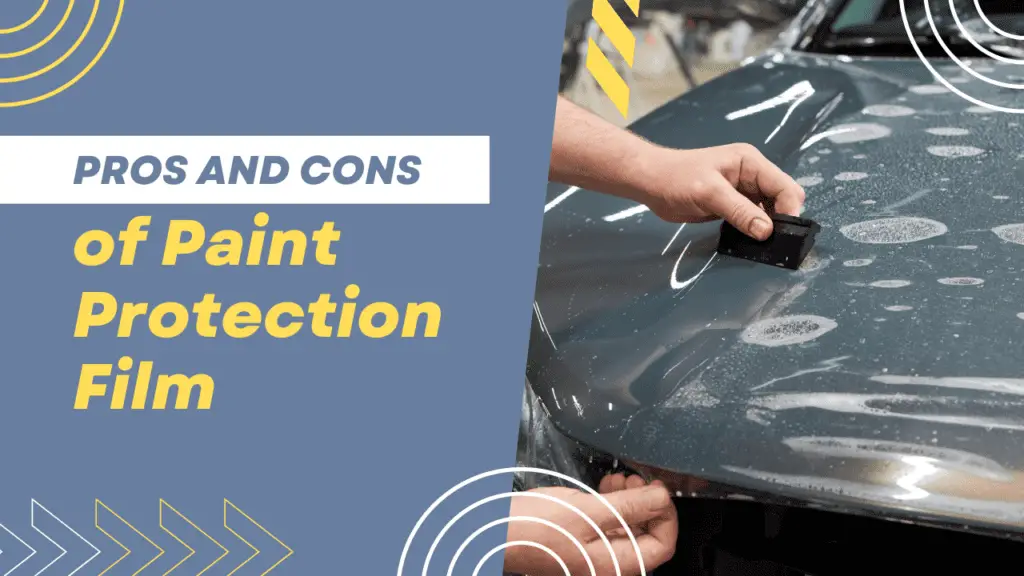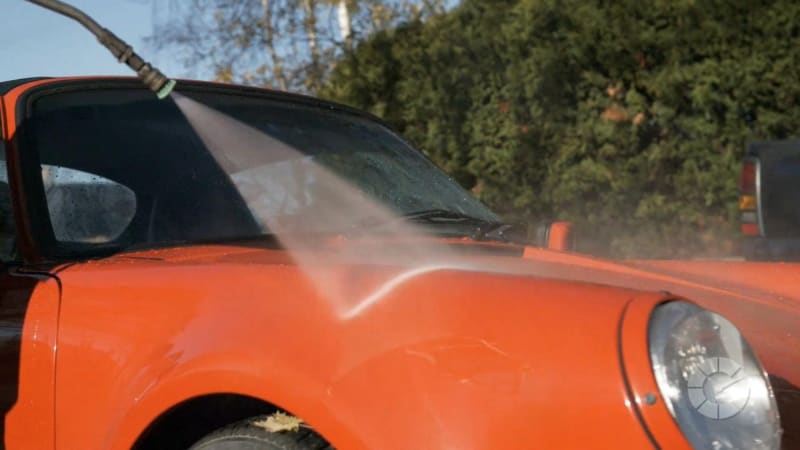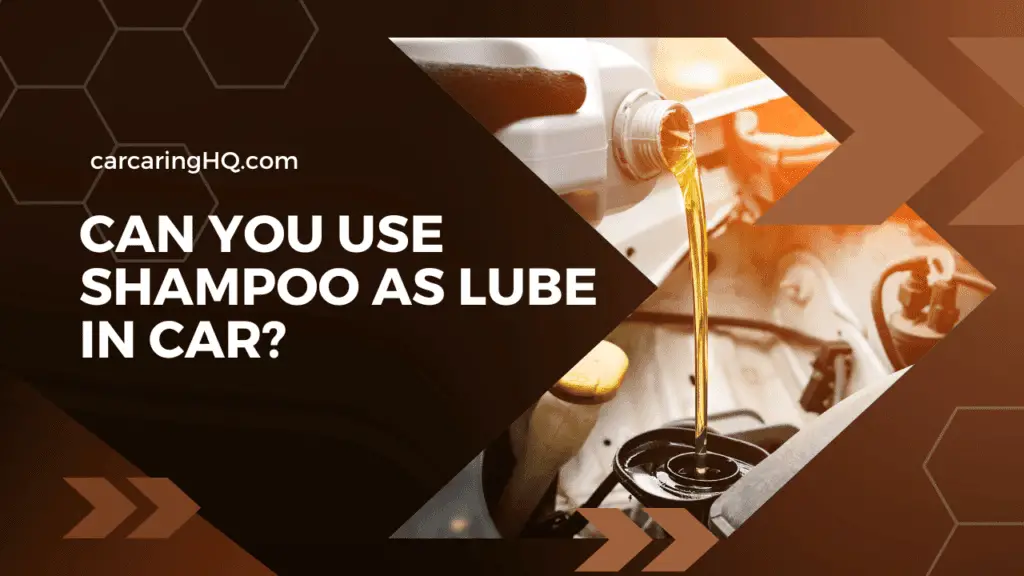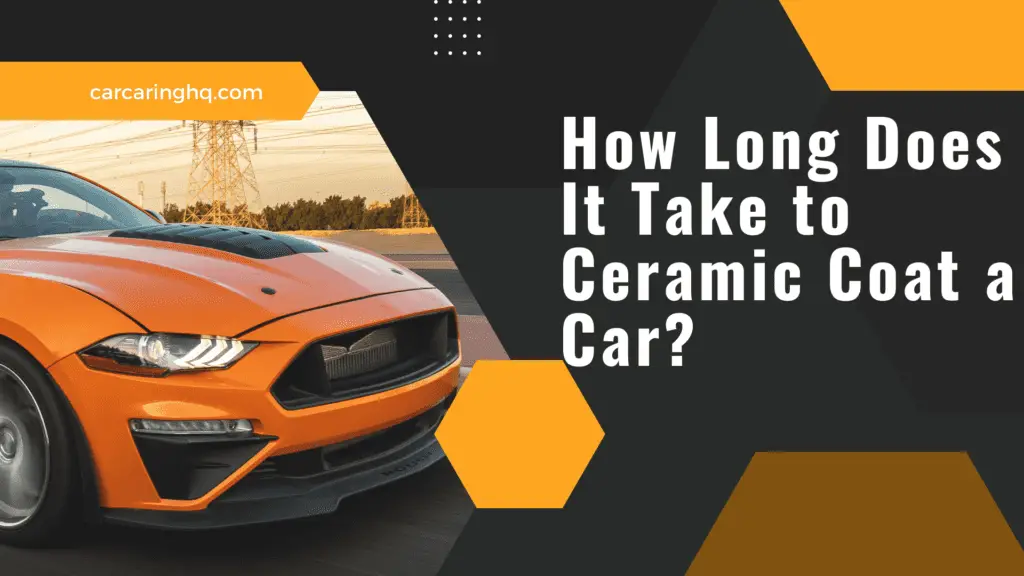The allure of vintage cars is timeless. These automotive treasures, often decades old, captivate enthusiasts and casual observers alike with their classic designs, rich histories, and the unique stories they embody. Each vintage car is a piece of history, a snapshot of the era it was born in, often marked by distinctive styles and engineering features that are no longer seen in modern vehicles. Their enduring appeal lies not just in their aesthetic charm but also in their rarity and the nostalgic journey they offer to a bygone era.
However, owning a vintage car comes with the significant responsibility of proper maintenance. Unlike contemporary vehicles, vintage cars require a specialized approach to care and upkeep. This involves not just regular mechanical maintenance but also a keen focus on preserving their historical integrity and aesthetic value. Proper maintenance ensures that these automotive classics continue to operate smoothly and retain their value, both as functional vehicles and as irreplaceable pieces of automotive history. Whether it’s for personal enjoyment, preservation for future generations, or as an investment, the importance of diligent care and preservation of vintage cars cannot be overstated. In doing so, we keep the legacy of these timeless machines alive and on the road.
Table of Contents
Choosing the Right Vintage Car
Types and Budget Considerations
When embarking on the journey to acquire a vintage car, it is crucial to understand the different types available and how they align with your budget. Vintage cars can vary widely in terms of make, model, age, and historical significance, all of which influence their market value and maintenance costs.
Types of Vintage Cars
- Classics: Classic Cars are cars from the early 20th century to the 1970s, renowned for their design, craftsmanship, and engineering. Examples include models from brands like Ford, Chevrolet, and Rolls-Royce from specific eras. The cost of purchasing a vintage car can vary dramatically. Factors like rarity, condition, and originality play a significant role in determining the price. It’s important to research and understand the market value of the type of car you’re interested in.
- Muscle Cars: Muscle cars are popular especially in the United States, these are high-performance vehicles primarily from the 1960s and 1970s, like the Ford Mustang or Chevrolet Camaro. Some vintage cars may require restoration. These costs can be substantial, depending on the extent of work needed. Always factor in these costs when considering a purchase.
- Luxury and Exotic Cars: Luxury cars are often high-end models from prestigious manufacturers like Ferrari, Lamborghini, and Porsche. They are valued for their performance, luxury, and rarity. Vintage cars often require more frequent and specialized maintenance, which can be costlier than modern vehicles. Parts may be harder to find and more expensive.
- Antiques: Antique cars are over 45 years old fall into this category. They are often pre-war vehicles and require a significant amount of care and maintenance. Insurance for vintage cars might be higher, and secure storage is essential to protect them from the elements and maintain their condition.
Choosing the right vintage car is a balance between passion and practicality. It’s essential to consider what type of vintage car resonates with your interests and how it fits into your budget, including initial costs and long-term maintenance. With thorough research and careful consideration, finding the right vintage car can be a deeply rewarding experience, offering a unique connection to the past and a distinct sense of pride and joy.
Regular Maintenance
Regular maintenance is pivotal in preserving the functionality and value of a vintage car. Due to their age and unique construction, vintage cars require a specialized approach to maintenance, particularly concerning the engine, transmission, drivetrain, brakes, suspension, and electrical systems.
Engine, Transmission, and Drivetrain Care
Engine Maintenance
- Regularly check and change the oil to ensure the engine runs smoothly. Vintage cars often require oil with specific viscosities or additives suitable for older engines.
- Monitor the cooling system closely. Many vintage cars are prone to overheating due to less efficient cooling systems.
- Regular tune-ups, including checking spark plugs, distributor caps, and points, are crucial for maintaining engine health.
Transmission and Drivetrain
- Regular checks of the transmission fluid are essential. Changes might be needed more frequently than in modern cars.
- Pay attention to any unusual noises or shifts in the transmission and drivetrain, as these could indicate wear or the need for adjustment or repair.
- Keep an eye on the clutch in manual transmission cars, as wear and tear are more common in vintage models.
Brake, Suspension, and Electrical System Upkee
Brake System
- Regularly inspect the brake system, including pads, rotors, and fluids. Many vintage cars use drum brakes, which might require more frequent adjustments.
- Brake fluid should be replaced periodically to maintain brake system efficiency and safety.
Suspension System
- Vintage cars often have unique suspension systems that can wear out due to age and use. Regular checks for wear and tear, like bushings and shock absorbers, are necessary.
- Periodic lubrication of suspension components is essential to maintain ride quality and handling.
Electrical System
- Vintage cars often have less sophisticated electrical systems, making them prone to issues. Regular inspections of the wiring, battery, and connections are crucial.
- Upgrading certain components like the charging system or installing electronic ignition systems can improve reliability.
Regular maintenance of a vintage car is a labor of love. It demands diligence, attention to detail, and often a gentle touch. By regularly attending to these key aspects of your vintage car, you not only preserve its mechanical integrity but also ensure that it remains a joy to drive and a testament to automotive history.
Vintage Car-Specific Maintenance
Owning a vintage car involves specialized maintenance tasks that go beyond what’s typically required for modern vehicles. The upkeep of components like carburetors, interiors, paint, and chrome, as well as sourcing authentic parts and understanding restoration techniques, are crucial for preserving the classic charm and functionality of these timeless automobiles.
Carburetor, Interiors, Paint, and Chrome Care
Carburetor Maintenance
- Vintage cars usually have carburetors, which require regular adjustment and cleaning to function properly.
- Understanding the specific settings and calibrations for your vehicle’s carburetor is essential for optimal engine performance.
Interior Care
- Vintage car interiors often feature materials like leather, vinyl, or unique fabrics that require specific cleaning and conditioning products to prevent drying and cracking.
- Upholstery and interior fittings should be cleaned and treated regularly to maintain their appearance and prevent deterioration.
Paint Care
- The paint on vintage cars can be more susceptible to fading and damage. Regular washing, polishing, and waxing with products suitable for classic paint types are essential.
- Store the vehicle in a garage or under a cover to protect the paint from UV rays and environmental contaminants.
Sourcing Vintage Parts and Restoration Tips
Sourcing Vintage Parts
- Finding the right parts for a vintage car can be challenging. Look for specialty suppliers, join vintage car clubs, and participate in online forums to connect with other enthusiasts who can offer advice and resources.
- Authenticity is key in maintaining the value of a vintage car, so strive to source original or high-quality reproduction parts.
Restoration Tips
- Research thoroughly before undertaking any restoration project. Understanding the historical context and original specifications of your car is crucial.
- Document the restoration process meticulously, including photographs and detailed notes. This documentation can be invaluable for future maintenance and resale.
- Consider seeking professional help for complex restorations, especially for tasks involving the vehicle’s structural integrity or safety features.
Vintage car-specific maintenance requires a blend of technical knowledge, patience, and a passion for automotive history. By dedicating the necessary time and resources to these specialized care and restoration practices, you ensure that your vintage car remains not just a mode of transport, but a cherished piece of history, admired for its beauty and historical significance.
Rust and Corrosion Prevention
Rust and corrosion are among the most significant threats to the longevity and value of a vintage car. Understanding the causes and implementing effective prevention techniques are crucial for preserving these classic vehicles.
Causes and Prevention Techniques:
Causes of Rust
- Moisture Exposure: Prolonged exposure to moisture, whether from rain, humidity, or even condensation, is a primary cause of rust in vintage cars.
- Salt: Salt, whether from coastal air or road de-icing, accelerates the rusting process by breaking down the protective paint layer and reacting with the metal.
- Paint Damage: Chips, scratches, or any compromise in the paint can expose the underlying metal to elements, leading to rust.
How to Prevent it
- Regular Washing and Drying: Wash your vintage car regularly and dry it thoroughly to remove any moisture or salt residues.
- Protective Coatings: Use rust-prevention sprays or sealants, especially in areas prone to rust, like the undercarriage.
- Storage: Store your vehicle in a dry, climate-controlled environment to minimize exposure to moisture and humidity.
- Prompt Repairs: Address any paint damage or chips immediately to prevent rust from taking hold.
- Regular Inspections: Frequently inspect for early signs of rust, particularly in hidden areas like wheel wells and under bumpers.
Classic Car Detailing
Detailing a classic car goes beyond regular cleaning; it’s an art that requires attention to detail, patience, and a gentle touch, especially given the unique materials and construction of these vehicles. Both exterior and interior detailing play a crucial role in maintaining the car’s aesthetic and preserving its value.
Exterior and Interior Detailing
Exterior Detailing
- Cleaning: Start with a gentle hand wash using a pH-neutral automotive soap. Avoid high-pressure hoses which can damage older paint or seals.
- Polishing: Use a high-quality polish to gently remove any surface scratches or oxidation, restoring the shine to the paint. Be mindful of the paint’s age and condition.
- Waxing: Apply a quality wax to protect the paint. Carnauba wax is often recommended for classic cars for its deep, natural shine.
- Chrome and Metal Parts: Polish chrome bumpers, grilles, and other metal parts with a product designed for chrome to prevent tarnishing and rust.
Interior Detailing
- Upholstery and Carpets: Clean the upholstery, whether it’s leather, vinyl, or fabric, using appropriate cleaners. Vacuum carpets and floor mats gently.
- Dashboard and Trim: Dust and clean the dashboard, steering wheel, and interior trim. Use products suitable for the materials, like wood or metal polish for trim and gentle cleaners for vinyl.
- Windows: Clean windows with a mild cleaner to avoid damaging older tint or rubber seals.
These cars are not just vehicles; they are stories on wheels, each with its unique narrative and legacy. By dedicating time and effort to their care and preservation, you’re not only keeping a piece of history alive but also ensuring that these treasures can be enjoyed by future generations. So, embrace the journey of vintage car ownership, cherish the experiences and memories these cars bring, and drive with pride, knowing that you are a caretaker of a timeless legacy.







